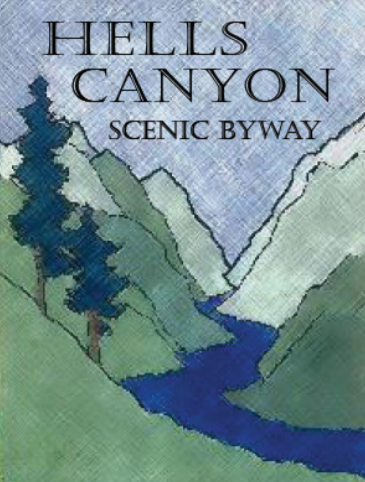Whether visiting the area or a Northeast Oregon resident, families will want to check out the special activities the National Historic Oregon Trail Interpretive Center near Baker City is offering during Spring Break—March 21 through 24. The workshops are in addition to the Center’s acclaimed permanent exhibits.
One-hour workshops will be offered that detail what happens to plants and animals in the spring. These workshops are held at 10 a.m. and 1 p.m. daily. Cost is five dollars per session to cover cost of materials.
Daily Workshop Themes:
Monday, March 21: Nesting & Migration
Tuesday, March 22: Pollination and Interconnections
Wednesday, March 23: Hibernation & Spring Growth
Thursday, March 24: Life Cycles & Habitats
Workshops are suitable for ages six and up, but activities for younger children are available as well.
Free hands-on pioneer craft demonstrations will be available at 11 a.m. and 2 p.m. each day. Children’s films, Junior Explorer Activities and the interactive children’s exhibit “Wagons Ho! Experience the Oregon Trail” are also open daily.
Space is limited, so pre-registration is encouraged. For more information or to register, call (541) 523-1852 or email ots1844@gmail.com.
For fourth graders, ask about the “Every Kid in a Park” pass. This pass allows fourth graders, and their families, free entrance to federal park sites throughout the US.
The National Historic Oregon Trail Interpretive Center, operated by the Bureau of Land Management, is located east of Baker City, Oregon. Take Exit 302 from Interstate-84 onto Oregon Highway 86 and proceed five miles. The Center is open from 9 a.m. to 4 p.m. daily. Admission for adults is $5; seniors are $3.50; and children 15 and under are free. Federal passes are accepted.
Visit oregontrail.blm.gov for more information about the Center or call (541) 523-1843 for an update on programs and events. For information on other events in Baker County, Oregon, call (800) 523-1235.
The BLM manages more than 245 million acres of public land, the most of any Federal agency. This land, known as the National System of Public Lands, is primarily located in 12 Western states, including Alaska. The BLM also administers 700 million acres of sub-surface mineral estate throughout the nation. The BLM’s mission is to manage and conserve the public lands for the use and enjoyment of present and future generations under our mandate of multiple-use and sustained yield. In Fiscal Year 2014, the BLM
